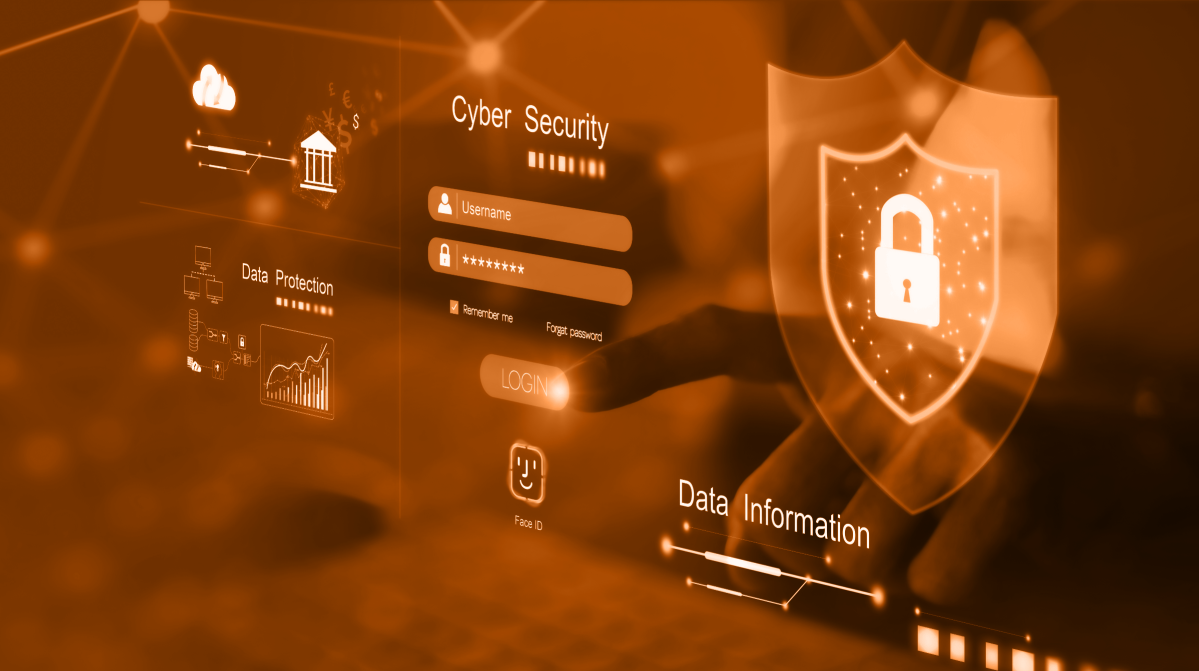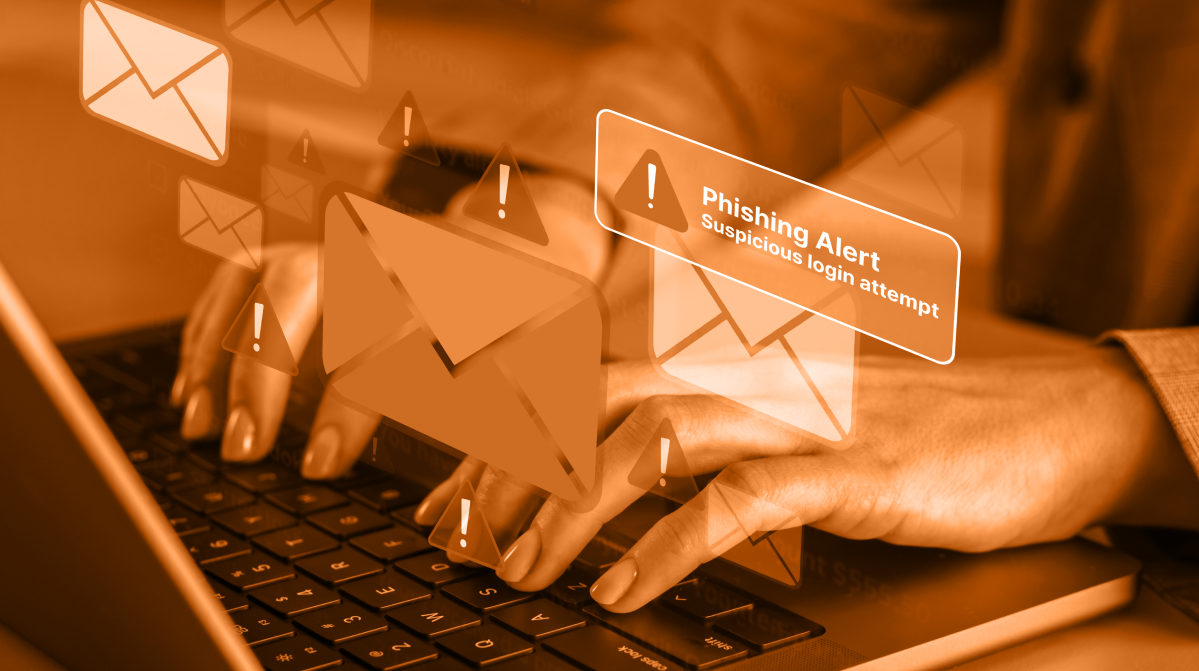
As we venture into 2024, the cybersecurity landscape continues to evolve at an rapid pace. New technologies are emerging, bringing with them novel challenges and opportunities. In this constantly shifting environment, professionals in the field must stay informed and adaptable.
At Magix, we are committed to providing cutting-edge insights and solutions. This article will delve into what we consider to be the most significant cybersecurity trends for 2024. These trends are identified through research and our extensive 20+ years experience. We aim to equip you with the knowledge and tools necessary to navigate this ever-changing domain successfully.
Artificial Intelligence (AI) continues to impact cybersecurity. Hacking tools are becoming more agile by using AI to modify attack paths and exploits based on the cyber-defences they encounter. By integrating AI into security systems, we are witnessing a paradigm shift in how threats are detected and managed. AI algorithms excel at identifying patterns in large data sets, making them exceptionally proficient at recognizing potential security breaches that might elude human analysts.
However, the integration of AI in cybersecurity is not without its challenges:
In light of these advancements and challenges, it becomes crucial to regularly assess the effectiveness of your cybersecurity measures. Magix offers comprehensive Cybersecurity Gap Assessments that evaluate the performance of your system. These assessments identify potential gaps in your cyber defences and provide actionable recommendations to enhance your cybersecurity posture.
Unlike traditional computing, quantum computers use quantum bits or qubits, enabling them to solve complex problems much faster. This capability has significant implications for cybersecurity.
Organizations need to start preparing for these dual aspects of quantum computing in cybersecurity:
Magix’s Penetration Testing services become more relevant. These tests simulate cyber attacks on your systems to identify vulnerabilities, including those that may be exposed by quantum computing. By regularly conducting penetration testing, organizations can stay one step ahead, ensuring that their defenses are ready for the quantum era.
As cyber threats grow in complexity and frequency, regulatory bodies worldwide are responding with more stringent cybersecurity regulations. These evolving regulations aim to ensure that organizations maintain robust cybersecurity measures to protect sensitive data and critical infrastructure.
One area of particular importance is Payment Card Industry (PCI) Compliance. With the increasing volume of online transactions, and the emergence of the PCI DSS 4.,0 standard, securing payment card data has never been more critical. PCI Compliance ensures that all companies that process, store, or transmit credit card information maintain a secure environment.
Magix recognizes the critical nature of these regulations and offers specialized PCI Compliance services. Our team of experts helps businesses navigate the complexities of PCI standards, ensuring that they not only meet but exceed regulatory requirements. By partnering with Magix, organizations can confidently face the challenges of an increasingly regulated cybersecurity environment, protecting their interests and those of their customers.
As cyber threats become more sophisticated and frequent, focusing solely on prevention is no longer sufficient. The concept of cyber resilience has emerged as a component of a comprehensive cybersecurity strategy. Cyber resilience refers to an organization's ability to continuously deliver the intended outcomes despite adverse cyber events.
Magix offers Cybersecurity Gap Assessments based on the NIST and ISO standards. These assessments help organizations identify areas where their cybersecurity strategies may fall short, offering valuable insights into how they can enhance their resilience against cyber threats. By regularly evaluating and updating their cybersecurity measures, organizations can not only defend against attacks but also ensure they are well-prepared to recover swiftly and effectively.
The proliferation of the Internet of Things (IoT) and smart devices is reshaping the cybersecurity landscape. As these devices become more integrated into our daily lives and business operations, they also open up new avenues for cyber threats. Securing the vast, interconnected networks of IoT devices is becoming a critical focus in cybersecurity.
From the transformative impact of advanced AI and quantum computing to the increasing significance of regulatory compliance and cyber resilience, cybersecurity is undergoing rapid evolution.
The key takeaway for cybersecurity and IT professionals is the imperative to stay informed, adaptable, and proactive. Embracing these trends and preparing for their implications is not just a matter of fortifying defenses, but also of positioning organizations to leverage technological advancements for enhanced security and efficiency.
Magix is committed to leading the way in this dynamic environment. Our expertise in areas like Penetration Testing, PCI Compliance, and Cybersecurity Gap Assessments positions us uniquely to guide and support professionals and organizations navigating these trends. We understand that the future of cybersecurity is not just about responding to threats but anticipating and shaping them.


